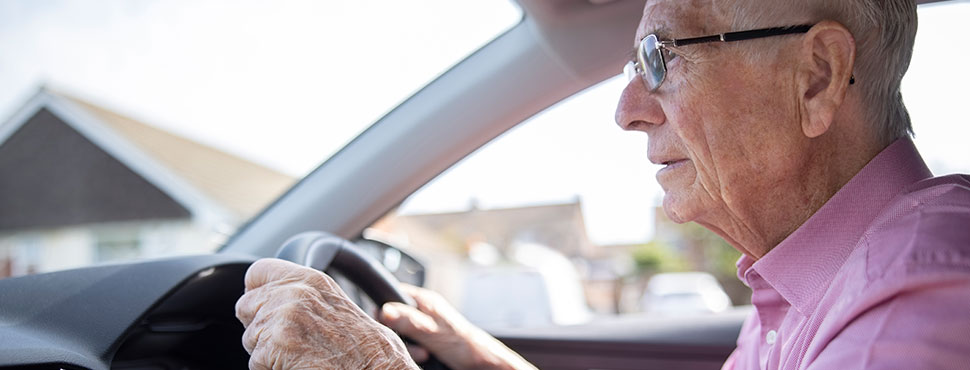Uncovering JAPA
Location Impacts on When Older Adults Stop Driving

There is a rich sociological and gerontological body of literature on the phenomena of driving cessation among older adults. Despite improved medical science and lengthened life expectancies, Americans continue to limit or altogether cease driving as they get older. Many factors shape rates of ceasing driving including health characteristics at the individual level, such as declining vision and stroke, or social ones, such as gender, race, or household status. But how do residential neighborhoods and their spatial aspects, such as density or the presence of other modes of transportation, affect rates of driving cessation among the older adults who live there?
Driving Cessation Tied to Residential Location
In "Keys to the Car: Driving Cessation and Residential Location Among Older Adults," in the Journal of the American Planning Association (Vol. 88, No. 1), Andrew Schouten, Evelyn Blumenberg, Martin Wachs, and Hannah King examine how conditions of residential neighborhoods relate to driving reduction and cessation. The authors matched respondents from several waves of a longitudinal dataset from the Health and Retirement Study between 1993 and 2016 with census data about the characteristics of the neighborhoods they lived in. With this data, the authors were able to focus on the relationships among driving and spatial patterns over time.
Schouten et al. set up two sets of models: one looking at the static associations between residential location and driving cessation, and one focusing on how changes in individuals' residential location impacted driving habits.
Beyond the expected relationships related to age and declining vision, the first set of models found that residents of dense neighborhoods, neighborhoods with a high concentration of employment, and "old urban neighborhoods," were more predisposed to stopping or limiting driving. The second series included only respondents who had relocated between study waves, allowing the researchers to estimate the impact of residential moves on driving behavior. Among the movers-only model, the density of residential neighborhoods was a less powerful predictor of driving patterns. In other words, individuals moving to denser or more urban areas were not more likely to cease driving than those moving between less dense tracts.
"The evidence was less convincing that residential relocations to such neighborhoods were correlated with driving cessation," the authors write. "Only moving into a census tract with high access via transit was associated with an increase in driving cessation."

Figure 1. The effects of different variables on stopping or limiting driving in the study sample.
Complexity in Older Adult Mobility
Despite the widely-held belief within urban planning that private automobile use is something to be limited or discouraged, it was interesting to read about how dearly older adults treasure it, as a symbol of autonomy, a means of mobility, and a continuation of habits from their younger years. Although older drivers bear an increased risk of injury from driving, cessation has been widely associated with negative psychological and psycho-social conditions and even physical health declines. Additionally, the trend of aging in place may well mean people need to keep driving for basic mobility, particularly absent a strong social or family network. Planners should keep the complexities of these potentially conflicting considerations in mind, especially when working in areas with a large population of older adults.
Top image: Daisy-Daisy/iStock/gettyimages.com


